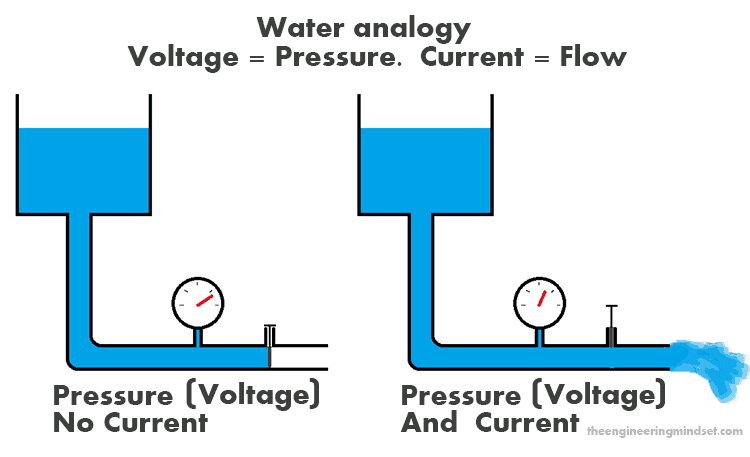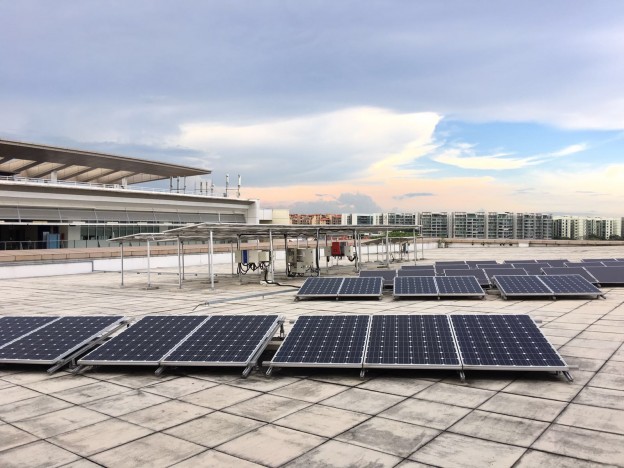Shunt reactor controller

What is a shunt reactor controller? I recall having the same question running through my head when a customer told us about what he was trying to do. Well, before knowing what a shunt reactor controller does, let us look at what exactly is a shunt reactor?
Some of you might wonder “Why does it look like a transformer?”. Yes, you are right, to a certain extent, because a shunt reactor does have similarities with a transformer in terms of its construction. However, they are both very different in terms of their functionality.
While a transformer is used to efficiently transfer power from one voltage system to another to cater for the application required, a shunt reactor absorbs reactive power generated from the source i.e. motors, generators etc.
Active and Reactive Power
What is reactive power and why do we bother to absorb? That might be the next question to ask. Before going into that, we need to understand that in an AC circuit, there are both active power (or real power) as well as reactive power, in which the active power is used to power up a system. To understand this from another perspective, think of it as a pint of beer where the beer is your active power and the reactive power is the foam.
The Beer Analogy of Active and Reactive Power

Image from Electronics Tutorials (http://www.electronics-tutorials.ws)
Let’s put water piping system as an analogy to electric circuit, and voltage is the ‘water pressure’. A certain level of water pressure is required in order for the water to travel across the piping system to the designated location to perform certain task, such as flushing your toilet bowl. Similarly, voltage plays the same role in an electric circuit to ensure that active power can be supplied to run any equipment or device. In this case, reactive power is the key element to maintain the voltage level in a circuitry.
The Water Analogy of Electricity

Image by: Paul Evans (http://theengineeringmindset.com)
Hence, instead of using the word ‘absorbing reactive power’, shunt reactor is rather used to stabilize or compensate the level of reactive power in an electric system.
From Component to Solution
Rewinding back a little on how this shunt reactor controller came about. It started with a normal enquiry sent in, asking for a voltage transducer. We followed up with a visit to the customer to understand further.
He showed us the solution that he was going to implement for his end user who runs a palm oil refinery. This was an existing solution in another plant where it was used to control the output of power that being transferred back to the grid from the bio-gas generation using the effluent of palm oil.
- During the day, when most of the equipment in the plant is running, the whole electric system is highly loaded and more reactive power is consumed. Thus the causing the voltage to drop.
- However, whenever there is less equipment running, less reactive power is consumed and hence the voltage increase.
- This is the time when a shunt reactor has to be switched on to compensate the reactive power in order to maintain the voltage level at a particular rating.
- Each shunt reactor has a fixed rating. Hence, putting several shunt reactors together and adding controls to it can achieve different reactive power compensation at one time, depending on the system load.
- This whole solution is the basic working concept behind a variable shunt reactor, however cost is always a concern when it comes to such solution.
His idea was to duplicate the same solution in his project. Looking at the pictures he showed us, we believed that it was possible to be implemented with the range of products that Phoenix Contact has to offer. Hence we came up with the solution concept diagram with a brief program flow.
Customized solution from Phoenix Contact
We finally secured the project after a few rounds of discussion and modification to suit best to his application. The list of products that are put into this solution includes:
- ILC 171 controller – The processing unit to control the shunt reactor via relay and contactor.
- MCR voltage transducer – The main component to take in voltage from the system and convert it to readable value for the controller.
- UNO power supply – Main power source to the controller and other peripherals.
- TP 3150 Touch Panel – Serve as a HMI for the user to control the shunt reactor controller and display of current value of the system.

Basic operation concept of shunt reactor controller



From a simple transducer enquiry to a shunt reactor controller project, we believe that with the available resources and wide range of product that we have, Phoenix Contact is able to customize the solution that is fit for your application.
Want to know more about how we can help in your next solution to your customer?
Feel free to drop us a feedback or send us an enquiry at marketing@phoenixcontact.com.sg. Who knows, your simple component enquiry for your project could be our next solution to you!



 One of the advantages PLC Logic has over the many smart relays in the market is that the relays are pluggable and replaceable. This solves the problem of the need to change the whole smart relay module in the event of a faulty relay. This translates to lower replacement cost. More importantly, downtime is greatly reduced and one just needs to change a relay instead of reprogramming the smart relay if the unfortunate relay gets faulty.
One of the advantages PLC Logic has over the many smart relays in the market is that the relays are pluggable and replaceable. This solves the problem of the need to change the whole smart relay module in the event of a faulty relay. This translates to lower replacement cost. More importantly, downtime is greatly reduced and one just needs to change a relay instead of reprogramming the smart relay if the unfortunate relay gets faulty.












 At present, control applications focus not only on reliability but also flexibility. Following current automation trends in automation 4.0, many vendors will need to improve market share in this market segment.
At present, control applications focus not only on reliability but also flexibility. Following current automation trends in automation 4.0, many vendors will need to improve market share in this market segment.










